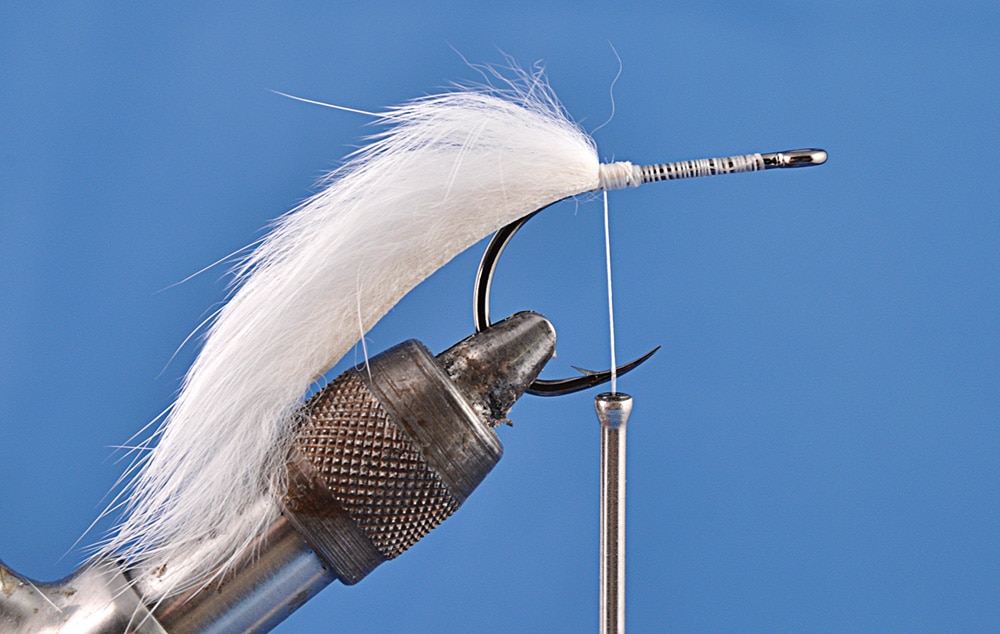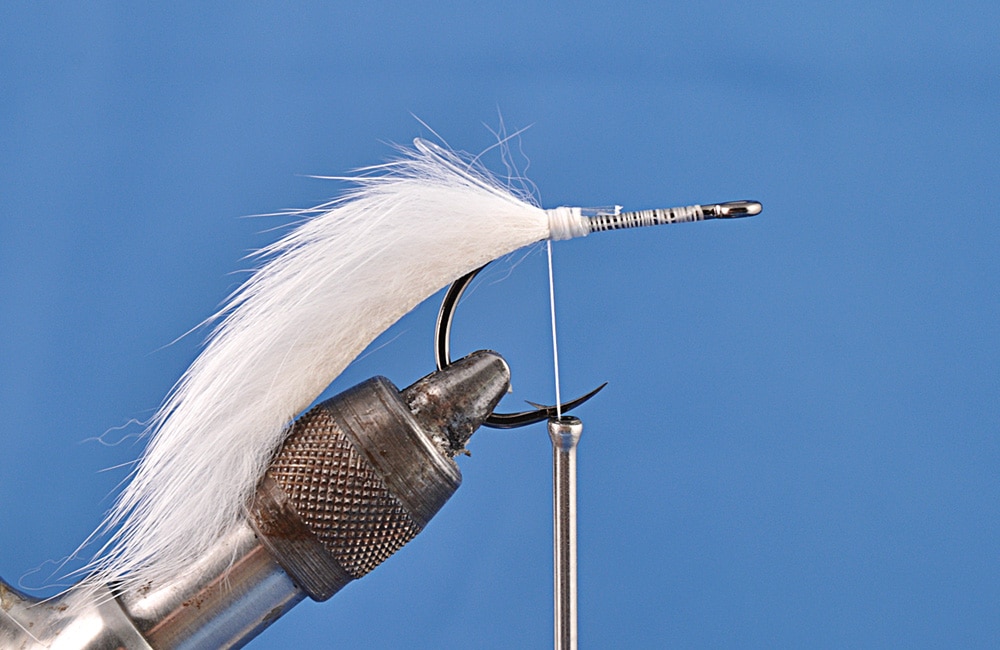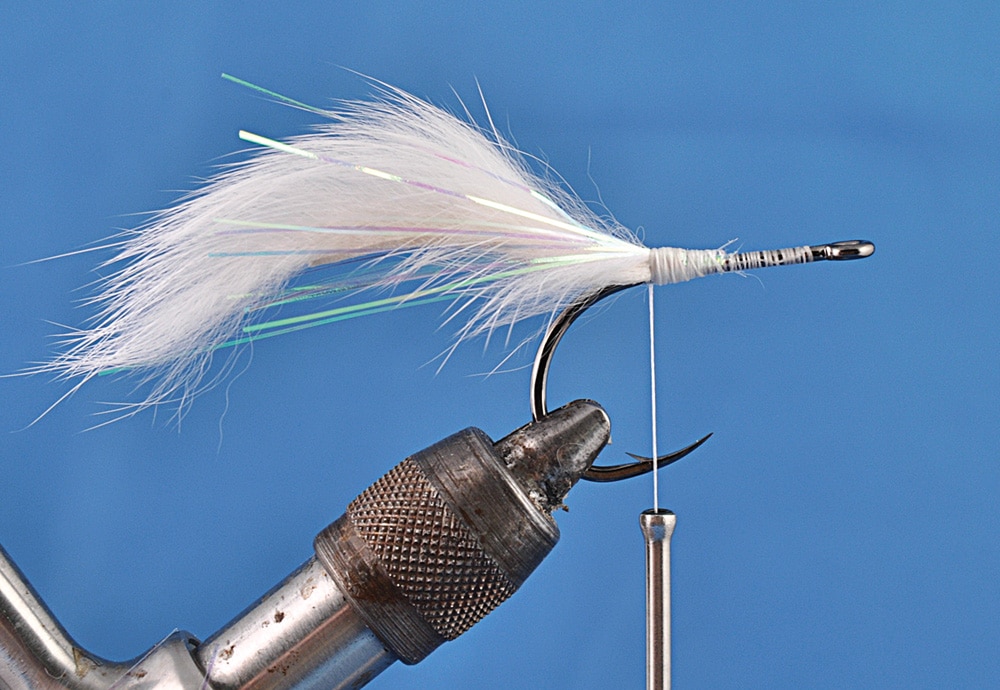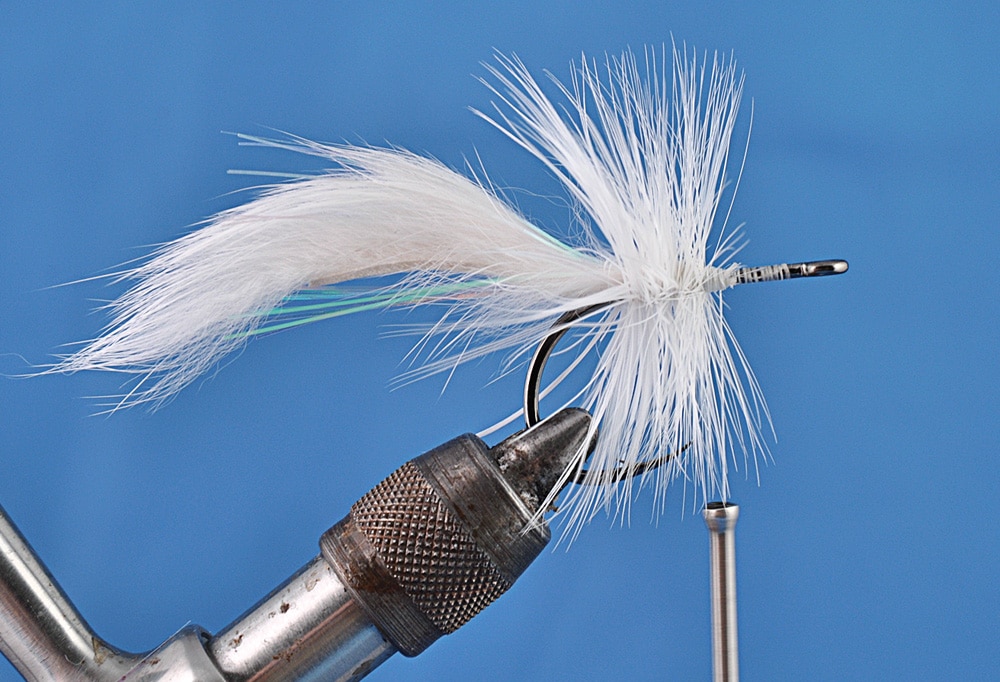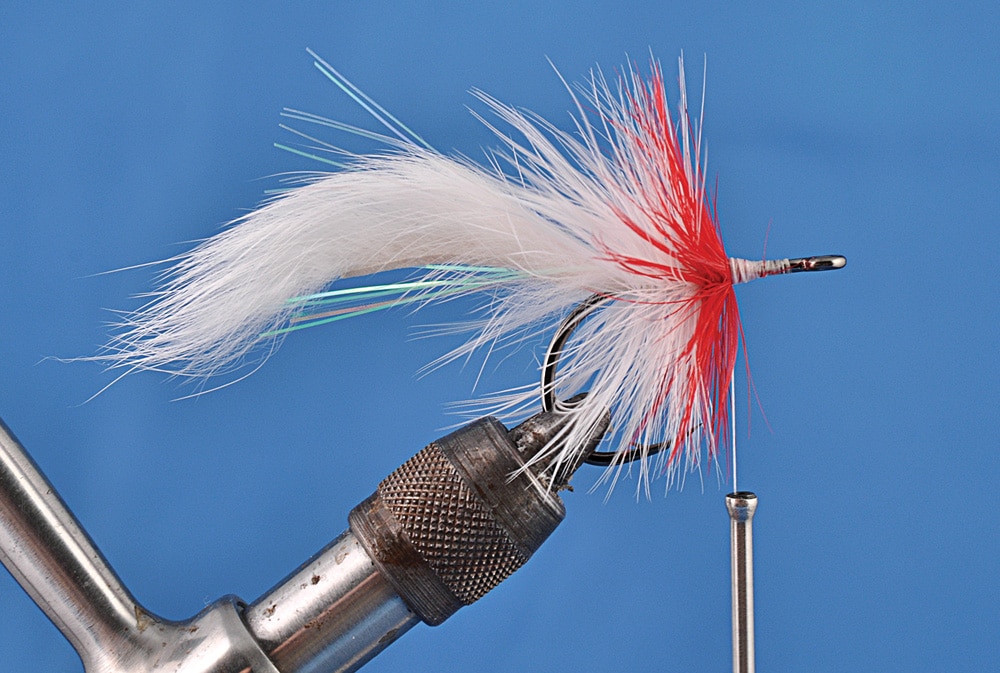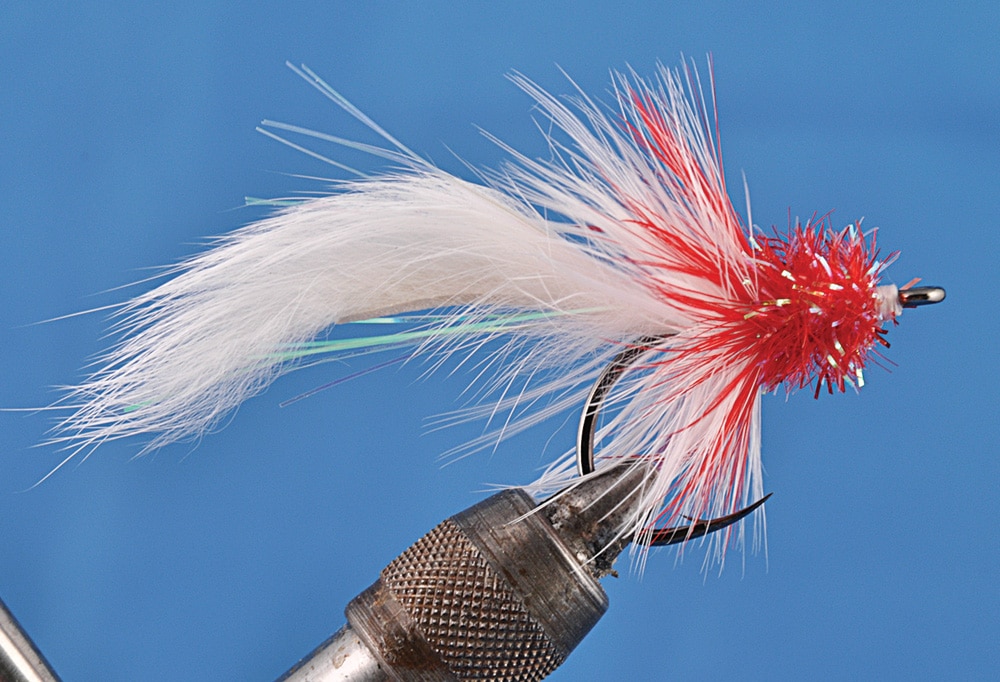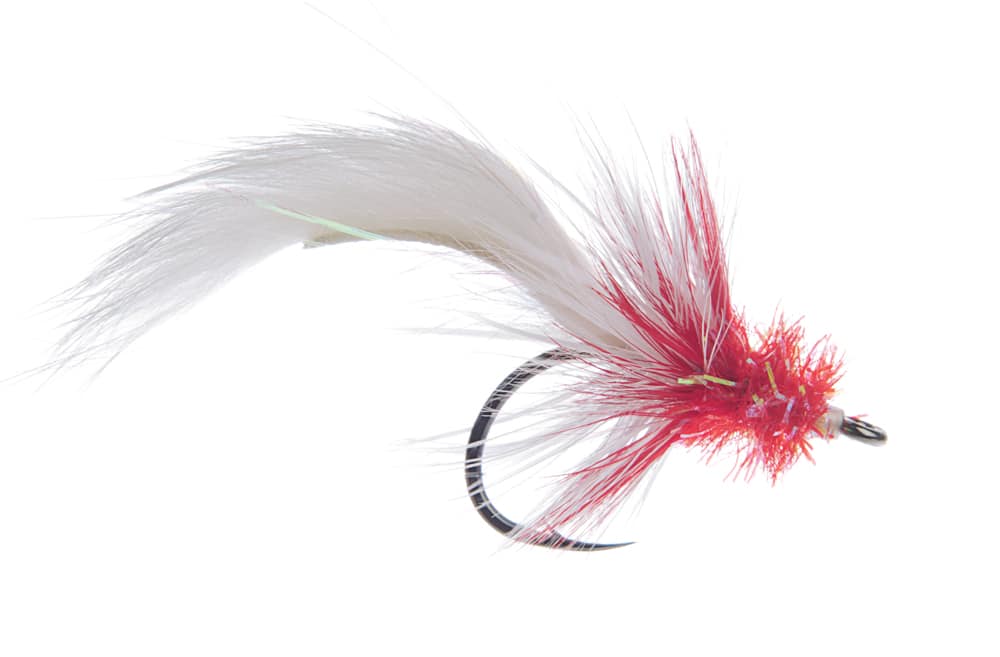
Sabalo Yucatan main
Click through all the photos, above, to see step by step instruction
One of the most fun and productive tarpon trips I’ve been on occurred a few years ago in the northern Yucatán with Angling on the Fly’s Keith Kaneko. We fished out of two lodges owned and operated by Marco Ruz and Jesciel Mena.
Tarpon Cay Lodge is in San Felipe, and Isla del Sabalo is located about two hours north of Campeche. Both are wonderful venues for catching lots of baby and what the locals refer to as “migratory” tarpon — what I called junior tarpon, ranging in size from 40 to 60 pounds and sometimes larger. The baby poons run from a couple of pounds to 10 pounds or more and are a blast on 8-weight rods and floating lines. Many are hooked from mangrove-lined creeks and small tidal rivers. They often launch themselves out of the water to land in the overhanging trees, or they wrap your leader around a mangrove root — it’s crazy and you will lose some flies because of it, so bring along plenty.
Irresistible Offering
Lots of flies work for baby and migratory tarpon, and if you make the trip, obviously make sure to have a good selection of those recommended by the guides and others who have been there. In my experience, one that you should have a surplus of is my Sabalo Yucatán, a fly with the genomic mix of a couple of good tarpon flies. The Sabalo Yucatán is a red-and-white fly tied with a rabbit strip tail, a Seaducer/Whistler style collar and a big head of large cactus chenille. The fly is very similar to a fly I tied in the ’70s for Costa Rica tarpon that I called the Sabalo.
The first time I used the newer fly in the Yucatán, I was fishing out of Isla del Sabalo lodge on the northwest side of the Yucatán Peninsula, sharing a skiff with lodge owner Ruz, a superb fly-angler and fly tier in his own right. We were working our way up a productive saltwater creek tightly lined with mangroves, and on just about every bend we’d encounter pods and schools of tarpon busting a fairly small, silver baitfish. The poons ranged from a couple of pounds up into the teens. I’d been fishing a bright orange fly that wasn’t drawing much attention. The decision was easy: wrong fly, so change to something white and more baitfish-looking. I pulled out a Sabalo Yucatán, and from the moment it hit the water next to a busting tarpon, it was game on in a big way. Those tarpon climbed all over that fly, and I was jumping fish into the air and sometimes into the mangrove bushes with incredible regularity. For a while, it was a fish almost every cast.
When the eaters on a particular bend or section of the creek had dissipated, we’d move quietly to find another group, and when we did, it was mayhem all over again. Ruz couldn’t believe how well the Sabalo Yucatán worked, and when the day was over (our last day of fishing before heading home), he pleaded for the few Sabalo Yucatán flies I had left. Of course he was welcome to them.
Endless Options
The Sabalo Yucatán is much smaller than typical tarpon flies and is tied on a 1/0 600SP tarpon hook (or your favorite tarpon hook) and shouldn’t be any longer than three inches from the eye of the hook to the tip of the tail. Normally, tarpon don’t like a lot of flash, but these Yucatán fish seemed to like a bit of silver (sometimes a lot) or pearl Flashabou in the tail, so don’t fear putting some in — remember, you can always cut it out if you feel the fish are shying from it.
You can also tie this pattern using a different color head and facing hackle, such as white, chartreuse, hot orange and so on. You may substitute one of the white collar hackles for a grizzly hackle to achieve a more natural appearance. The Sabalo Yucatán is a fly styled much the same as my Whistler is and can be tied in a gaggle of colors.
Fish the fly with short- to medium-staccato pulls and twitches. When fishing this fly, always be ready — this fly works.
MATERIALS:
HOOK: 1/0 Tiemco 600SP or similar tarpon-quality hook
THREAD: White Danville’s Plus — waxed
TAIL: White rabbit strip about 2 to 2½ inches long
COLLAR: Two large, webby white saddle hackles; one large, webby red saddle hackle
FOUL GUARD: 20-pound hard mono
FLASH: Pearl or silver standard Flashabou
HEAD: Large, red cactus chenille
